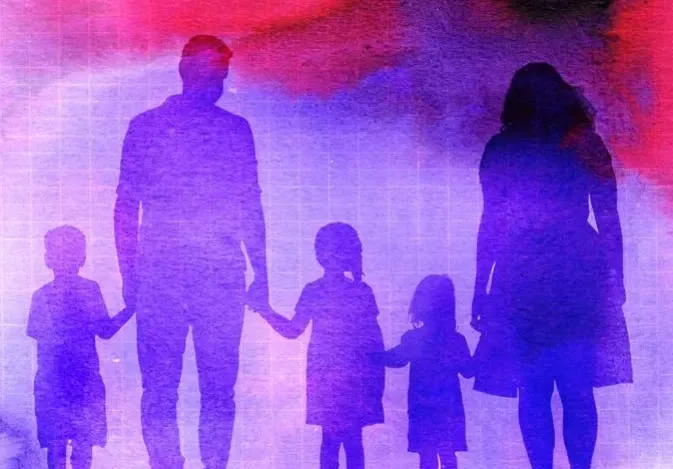Is India’s Population Surging to 1.46 Billion While Fertility Rates Decline?

Synopsis
As India stands at a staggering population of 1.46 billion, a remarkable shift is observed in its fertility rates. The UN report reveals a fall to 1.9, indicating significant demographic changes. What does this mean for the nation’s future? Dive into the latest findings from the UN Population Fund and explore the implications of these changes.
Key Takeaways
- India's population is projected to reach 1.46 billion by 2025.
- The total fertility rate has fallen to 1.9, below the replacement level.
- Significant demographic changes are underway, with a youthful population.
- Life expectancy is expected to improve, reaching 71 years for men and 74 years for women.
- Advancements in education and healthcare have helped to lower fertility rates.
New Delhi, June 10 (NationPress) As India retains its title as the world’s most populous nation, boasting an estimated 1.46 billion individuals by 2025, the nation’s total fertility rate has dropped to 1.9, falling below the replacement threshold of 2.1, according to the recent report from the United Nations Population Fund (UNFPA) published on Tuesday.
The 2025 State of World Population (SOWP) report highlights that the true challenge lies not in sheer population numbers, but in the pervasive issues affecting individuals’ rights to freely and responsibly choose if, when, and how many children to have.
The UN report estimates that “India's current population is around 1,463.9 million.”
“India has become the globe’s most populous nation, nearing 1.5 billion people, a figure projected to rise to approximately 1.7 billion before experiencing a decline,” stated the report.
The Total Fertility Rate (TFR) in India currently stands at 2.0 children per woman, implying that, on average, a woman in India is expected to have 2 children during her reproductive years (typically ages 15-49). This rate has remained stable since 2020, as per the Sample Registration System (SRS) report for 2021.
However, the latest report indicates a decline to 1.9 births per woman, suggesting that, on average, Indian women are having fewer children than necessary to sustain the population across generations without migration.
Despite the decreasing birth rate, India’s youth demographic remains substantial, with 24% in the 0-14 age group, 17% in 10-19, and 26% in 10-24.
About 68% of the population falls within the 15-64 age range, while the elderly population (aged 65 and older) constitutes 7%.
By 2025, life expectancy at birth is projected to reach 71 years for men and 74 years for women.
The UN report categorizes India within a group of middle-income nations experiencing rapid demographic transitions, with the time taken for the population to double now estimated at 79 years.
“India has achieved significant advancements in reducing fertility rates—from nearly five children per woman in 1970 to about two today—thanks to enhanced education and access to reproductive healthcare,” remarked Andrea M. Wojnar, UNFPA India Representative.
“This progress has led to substantial declines in maternal mortality, resulting in millions more mothers alive today, nurturing children and contributing to their communities,” Wojnar emphasized.









